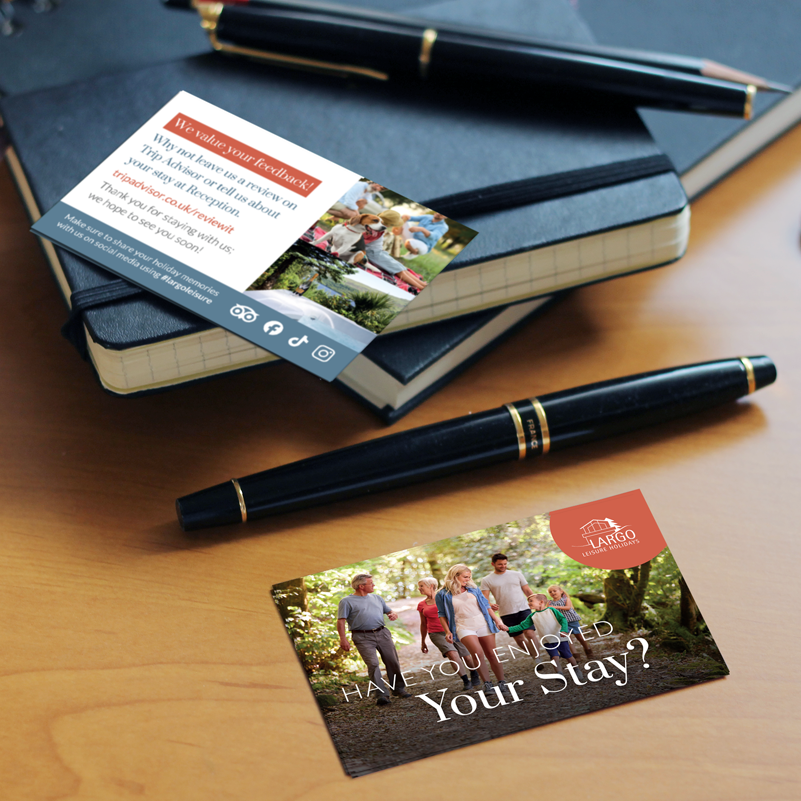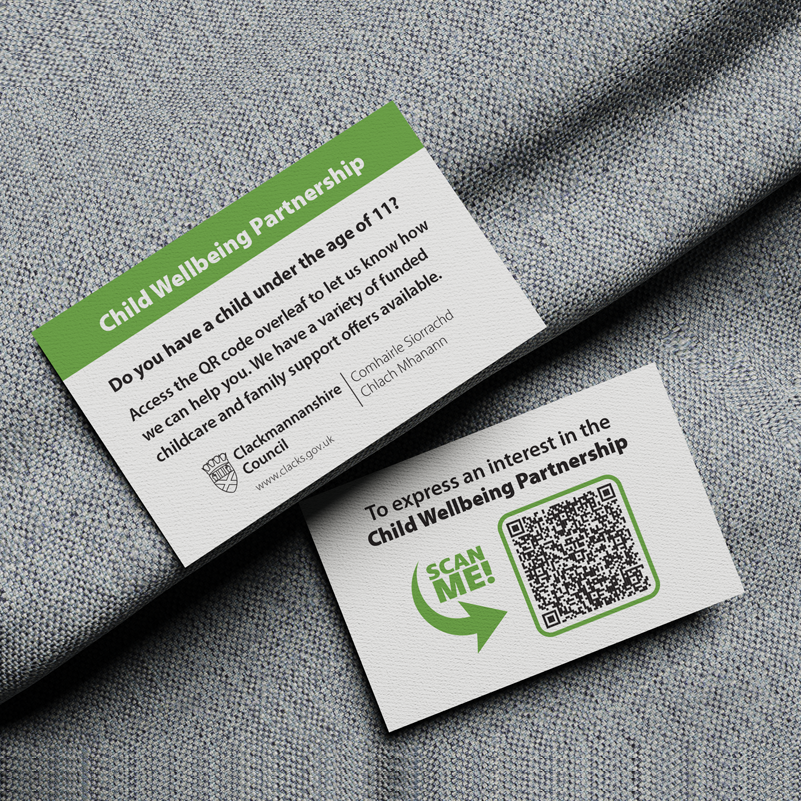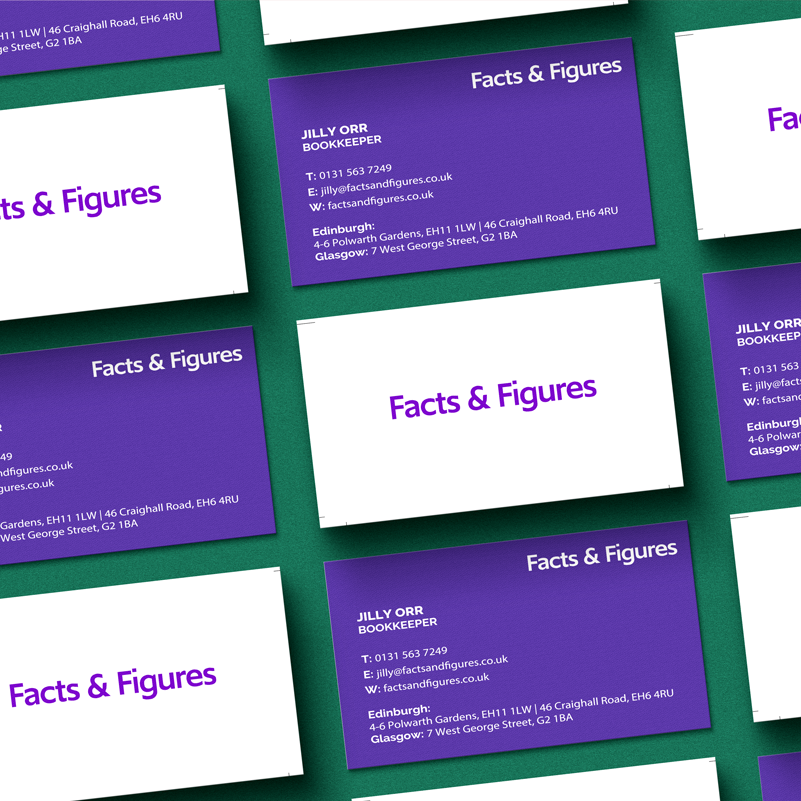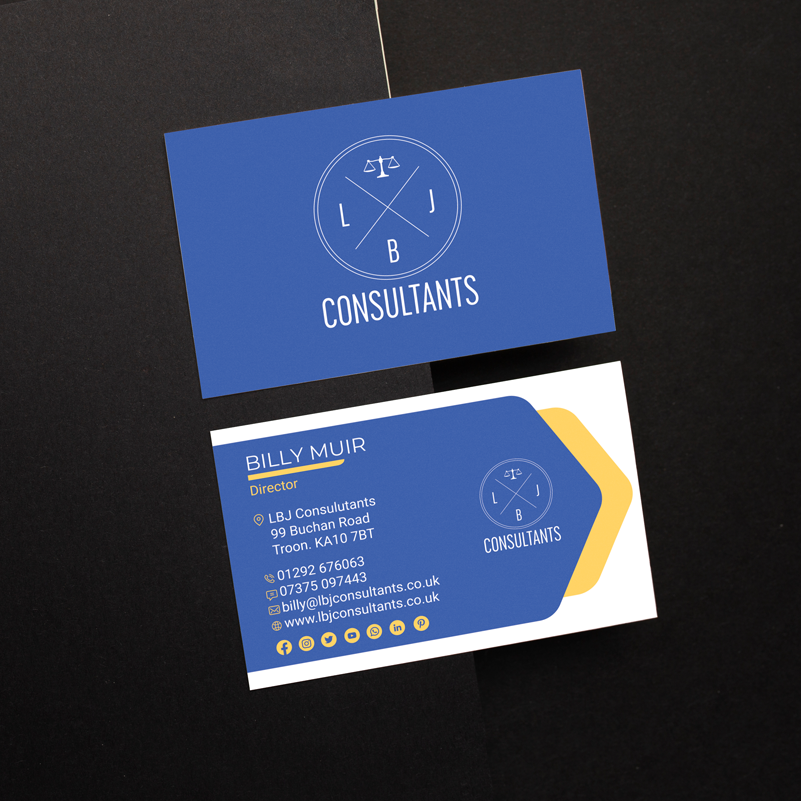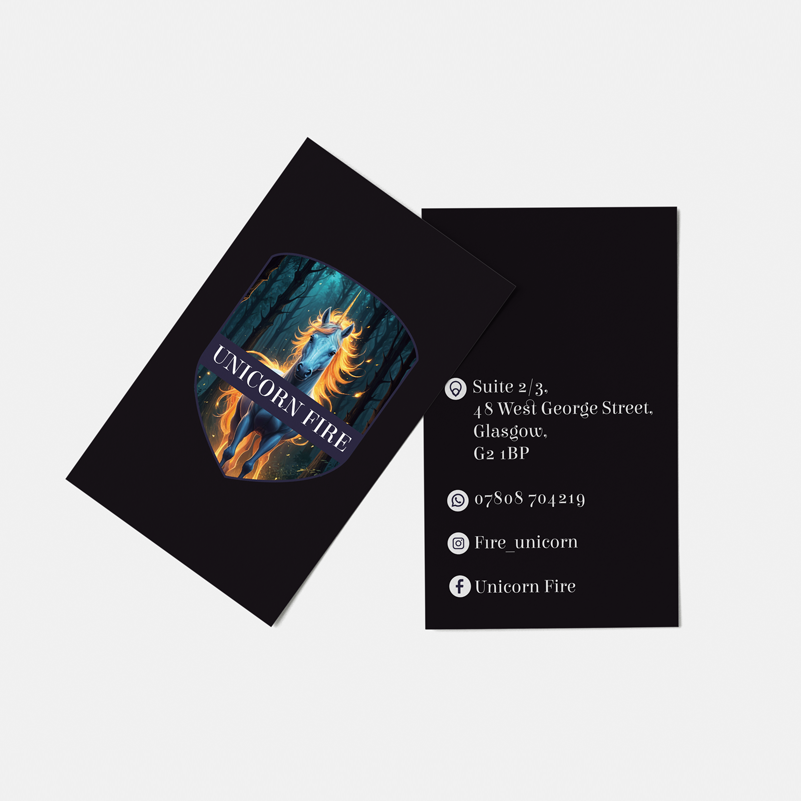Alright, business owners, whether you're running a bustling startup, managing a growing SME, or steering an established firm, let's talk about something that often gets relegated to an afterthought: your business card. In today's hyper-digital world, it's easy to assume that everything needs to be online. But trust me, as someone who’s been knee-deep in graphic design and print for years, a professionally Printed Business Card is still one of the most powerful, tangible marketing tools you have. It’s not just a piece of card with contact details; it's your brand's first handshake, a miniature billboard, and a physical reminder of your professionalism. Good Business Card Printing is an investment, not just an expense.
Why Physical Business Cards Remain Essential
You might be thinking, "Surely an email or a LinkedIn connection is enough these days?" And yes, digital presence is absolutely crucial. But here’s the thing: digital interactions are often fleeting. A physical card, however, has staying power.
When you hand someone your card, it creates a personal connection. It shows you've come prepared, that you're serious about your business, and that you value a tangible exchange. It’s a moment of direct engagement that an email simply can't replicate. That card can then sit on a desk, in a wallet, or pinned to a board, serving as a constant, subtle reminder of your business. This is why investing in quality UK Print Services is so important – it reflects directly on your brand's perceived value.
I once had a client, a small local consultancy, whose old business cards looked like they’d been printed at home on a tired inkjet. They complained about not getting call-backs. We redesigned their cards, used a premium matte stock, and applied a subtle spot UV to their logo. Almost immediately, they reported a noticeable uptick in follow-up conversations. It wasn’t just the design; it was the entire feel and professionalism the new card exuded. People genuinely held onto them.
Finding the Right printers near me: Local vs. National
When you decide it’s time to upgrade or replenish your stock, your first thought might be to search for printers near me. And there are definite advantages to working with a local business card printer. You can pop in, discuss your needs face-to-face, check proofs in person, and often get a quicker turnaround, which is brilliant if you've got a last-minute networking event.
However, don't limit yourself. The broader landscape of UK Print Services offers a vast array of specialisations, technologies, and often more competitive pricing for larger runs. Sometimes, an online business card printer might have a specific paper stock or a unique finishing option that a local printer simply doesn't stock. The key is to weigh convenience against your specific needs for quality, volume, and bespoke options. Always do your research, read reviews, and perhaps ask for samples from different providers.
The Power of Design: Making Your Brand Stand Out
This is where my graphic design hat really comes into play. Your business card isn't just about conveying information; it's about conveying your brand's personality, values, and professionalism. A strong visual identity is paramount. Think about the impact of good Glasgow graphic design – it’s about clear communication, aesthetic appeal, and memorability, principles that apply no matter where your business is based.
Your logo, chosen fonts, colour palette, and overall layout should all work together to create an immediate, positive impression. Avoid clutter; focus on clarity and impact. Make sure your contact details are instantly legible.
Key design considerations for businesses:
- Clarity and Conciseness: Only include essential information. Too much text overwhelms.
- Brand Consistency: Your card should align with your website, social media, and other marketing materials.
- Readability: Choose fonts that are clear and large enough to read easily.
- Visual Appeal: Does it look professional and appealing? Does it stand out without being garish?
Material Matters: Paper Stock and Finishes for Impact
The tactile experience of a business card is surprisingly powerful. A flimsy card can subconsciously convey a cheap or unreliable business. Conversely, a thick, high-quality card suggests professionalism, reliability, and attention to detail.
Consider different paper types: a smooth matte finish can feel sophisticated, a glossy finish can make colours pop, and a textured stock can add a unique sensory element. Then there are the special finishes:
- Spot UV: Adds a clear, glossy coating to specific areas (like a logo or text) for a subtle, high-impact contrast.
- Foiling: Applies metallic (gold, silver, copper) or coloured foil to specific elements for a luxurious touch.
- Embossing/Debossing: Creates a raised (embossed) or recessed (debossed) effect, adding a tactile dimension without ink.
These elements, expertly applied by quality business card printers, can truly elevate your Printed Business Cards and leave a lasting impression.
Optimising Your Investment: Quantity, Quality, and Value
When it comes to Business Card Printing, it’s a balance. Ordering in bulk often reduces the per-card cost, which is great for busy businesses. However, if your contact details or branding change frequently, smaller runs might be more sensible to avoid wastage.
Don't scrimp on quality. A cheap-looking card is a false economy. It reflects directly on your business. Think of your business card as a mini-advertisement for your company – you wouldn't skimp on a full-page advert, so don't do it for something that represents you in every personal interaction.
Collaborating with Your Printer: Ensuring a Smooth Process
Once you've chosen your business card printers, clear communication is paramount. Make sure you provide your artwork in the correct format (usually a high-resolution PDF with bleed) and clarify any specifics about colours or finishes. Always ask for a proof – a digital one at minimum, but a physical proof if budget and time allow – to check for any errors before the full run. A good printer, whether local or part of a larger UK Print Services network, will guide you through this.
Beyond the Handshake: Maximising Your Business Card's Potential
Your business card can do more than just provide contact details. Consider:
- QR Codes: Link directly to your website, online portfolio, specific product page, or even your social media profiles. It bridges the physical and digital.
- Call to Action: A subtle "Visit our website for a free quote" or "Scan to see our latest projects" can encourage engagement.
- Mini-Brochure: Use the back of the card to list key services, a unique selling proposition, or a concise mission statement.
I had a building firm client who added a QR code to their new cards that linked directly to a gallery of their recent projects. They noticed a significant increase in website visits from new contacts, turning a simple card into a lead-generating tool.
Your Business's Tangible Marketing Asset
So, there you have it. In an increasingly digital world, the professional business card remains an indispensable asset for any business. It's a tangible piece of your brand that fosters personal connections and leaves a lasting, positive impression. Investing wisely in your Business Card Printing, choosing the right business card printers, and focusing on quality design and materials will ensure your Printed Business Cards work hard for you. Whether you're seeking local printers near me or leveraging the vast capabilities of UK Print Services, make sure your card truly represents the quality and professionalism of your business.
FREQUENTLY ASKED QUESTIONS (FAQ)
Q1: Why are business cards still relevant for businesses in the digital age?
A: Business cards create a tangible connection that digital exchanges often lack. They convey professionalism, act as a physical reminder of your brand, and facilitate quick, personal information exchange during networking and meetings.
Q2: What's the standard size for business cards in the UK?
A: The most common standard size in the UK is 85mm x 55mm, designed to fit easily into wallets and card holders.
Q3: How much does business card printing cost?
A: The cost varies widely based on quantity, paper stock, design complexity, special finishes (like foiling or spot UV), and the printer you choose. Basic cards can be very affordable, while premium options will cost more.
Q4: What's the best paper stock for a professional business card?
A: A thicker card stock (typically 350gsm or more) generally feels more premium and durable. Finishes like matte, silk, or uncoated can convey different brand impressions, from sophisticated to natural.
Q5: Should I use a local printer or an online UK Print Service?
A: Local printers near me offer convenience, faster turnarounds, and in-person consultations. Online UK Print Services often have a wider range of options, specialised finishes, and can be more cost-effective for larger bulk orders. The best choice depends on your specific needs and budget.
Q6: What's "bleed" in business card printing?
A: Bleed is a small margin (typically 3mm) that extends beyond the trim edge of your design. It ensures that no white edges appear on your final Printed Business Cards if there's slight movement during the cutting process. Your designer or printer can advise on this.
Q7: Can I use both sides of my business card?
A: Yes, absolutely! Using both sides is a great way to maximise space. You can put essential contact info on one side and a tagline, list of services, a QR code, or social media handles on the other.
Q8: How often should my business update its cards?
A: You should update your business cards whenever there are changes to your contact information, branding, logo, or primary services. It's also a good idea to refresh them periodically to keep your brand looking modern and current.
Q9: Is it worth paying extra for special finishes like spot UV or foiling?
A: For businesses aiming for a premium feel or needing to stand out in a competitive market, special finishes can be a worthwhile investment. They add a tactile and visual appeal that makes your card feel more luxurious and memorable, enhancing your brand's perceived value.
Q10: What is Glasgow graphic design, and why is it relevant?
A: Glasgow graphic design refers to the high standard of design expertise found in Glasgow, a major creative hub in Scotland. While not limited to Glasgow-based businesses, its principles of strong visual identity, clear communication, and innovative aesthetics are benchmarks for effective business card design, applicable to any business seeking professional results.
Q11: Can a business card help with SEO?
A: Directly, no. However, by including a QR code that links to your website or specific landing pages, you can drive traffic to your online presence, which indirectly supports your SEO efforts by increasing user engagement and potentially reducing bounce rates if the landing page is relevant.
Q12: What's the most common mistake businesses make with their business cards?
A: One of the most common mistakes is trying to cram too much information onto the card, making it look cluttered and hard to read. Another is compromising on quality (flimsy paper, poor print resolution) to save money, which ultimately cheapens the brand's image.
Posted by By Jenny on 25th Jun 2025


